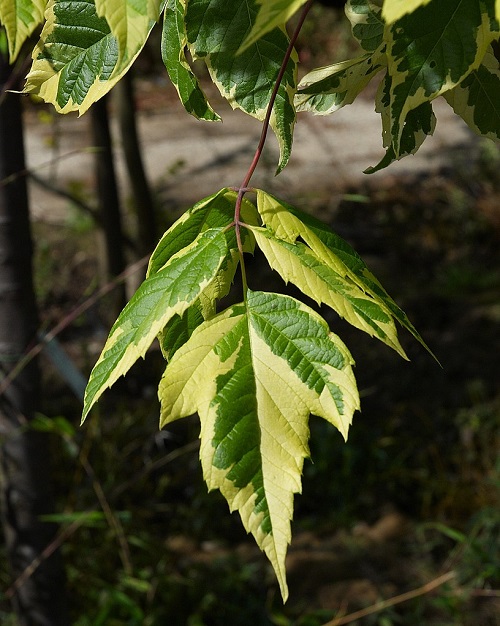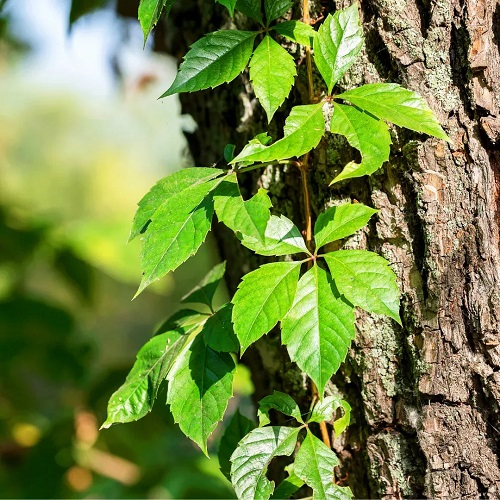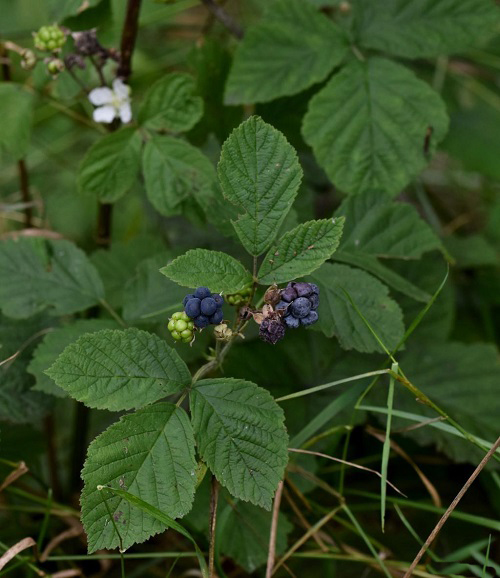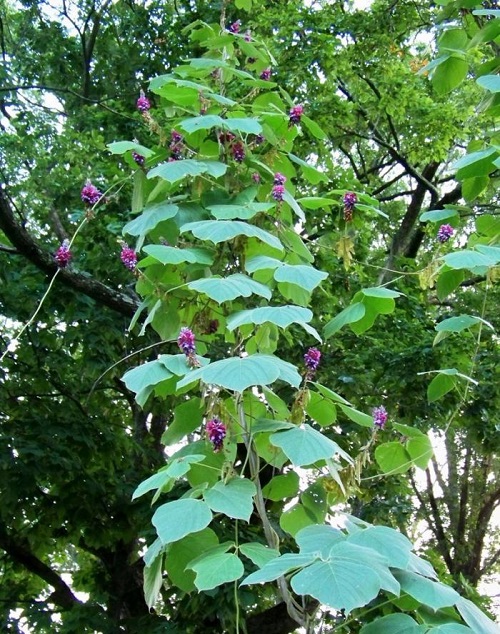Here is the list of 14 Poison Ivy Look Alike Plants with Three Leaves. This interesting guide will help you Identify them like an expert.
After reading this till the end, you’ll be able to identify the Poison Ivy Look Alike Plants growing around you. As these are not as harmful as poison ivy, you won’t need to get rid of them.
Explore Box Elder vs. Poison Ivy: All the Differences in this Post
Poison Ivy Look-Alike Plants with Three Leaves
1. Boxelder
Botanical Name: Acer negundo
The boxelder tree bears leaves with a serrated edge, setting it apart from poison ivy. The three leaflets are similar and do not have the glossy sheen of their toxic counterpart. The tree’s structure distinguishes it from the vining nature of poison ivy. You can learn more about the difference here!
2. Blackberry
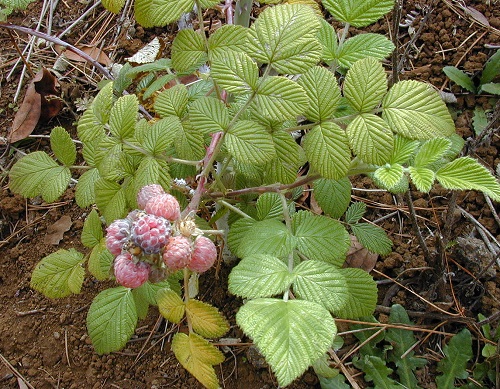
Botanical Name: Rubus
Blackberry bushes have sets of three leaflets that may be mistaken for poison ivy. However, blackberry leaves lack the characteristic shiny appearance of poison ivy, and their arrangement along prickly stems contrasts with the vine-like growth of the toxic plant.
3. Raspberry
Botanical Name: Rubus idaeus
In the early stages of growth, raspberry plants show off three sets of serrated leaves that resemble poison ivy. Yet, the absence of poison ivy’s reddish hue and the eventual development of distinctive berries make raspberry a non-toxic plant
4. Virginia Creeper
Botanical Name: Parthenocissus quinquefolia
Virginia creeper showcases five leaflets rather than three, distinguishing it from poison ivy. Its vibrant red coloration in the fall adds a striking element, making it a beautiful landscape alternative.
Find How to Kill Poison Ivy in this Post
5. Hog Peanut
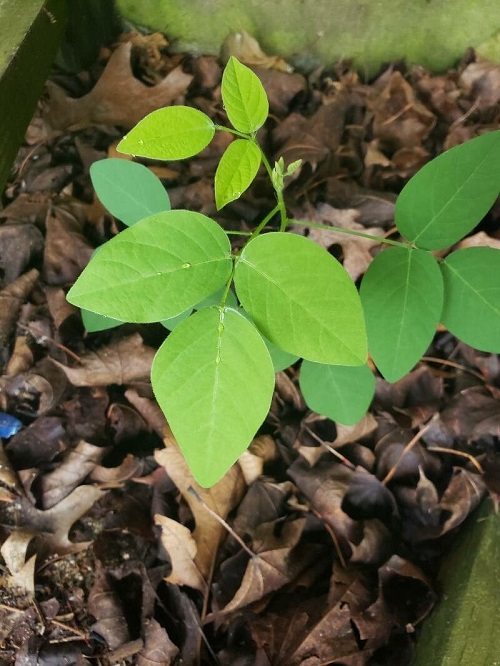
Botanical Name: Amphicarpaea bracteata
Hog peanuts have clusters of three leaflets that might be confused with poison ivy. However, its delicate, pea-like flowers and subterranean peanut-like seeds unveil its harmless nature, differing significantly from poison ivy.
6. Boston Ivy
Botanical Name: Parthenocissus tricuspidata
With its three-lobed leaves, Boston Ivy shares a resemblance to poison ivy. Yet, its vibrant red foliage in the autumn distinguishes it from the notorious toxic plant.
7. Jack-in-the-Pulpit
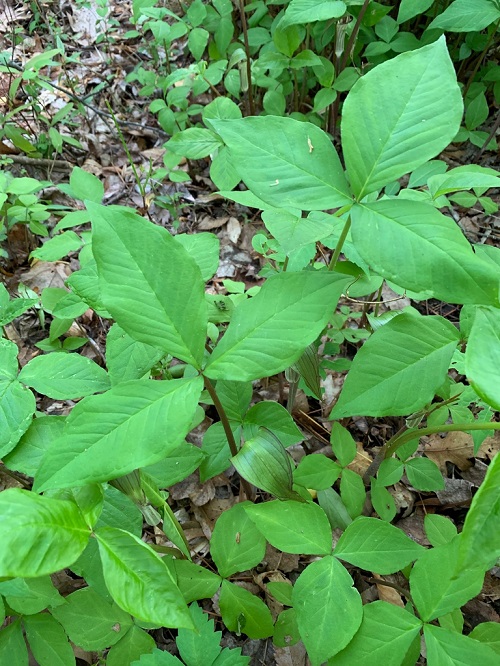
Botanical Name: Arisaema triphyllum
Jack-in-the-Pulpit also has three leaflets atop a distinctive hood-like structure. Unlike poison ivy, this plant is easily recognized by its unique flowers.
8. Strawberry
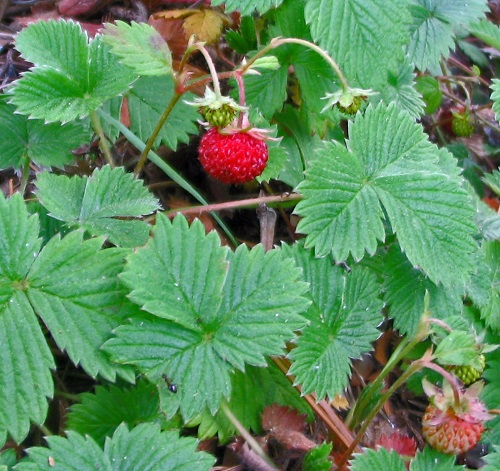
Botanical Name: Fragaria Vesca
Among the leafy sprawl of strawberry plants, sets of three leaflets may look like poison ivy. However, it does not have a shiny or reddish appearance when young, and it is also low-growing.
9. Jewelweed
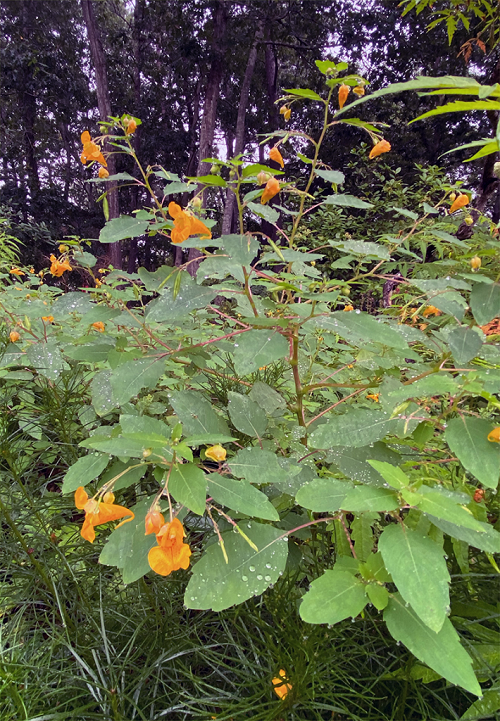
Botanical Name: Impatiens capensis
Jewelweed features clusters of three leaves that resemble poison ivy, but its translucent, succulent stems and vibrant orange flowers set it apart. Folk medicine claims suggest that jewelweed can even soothe the skin irritated by poison ivy.
10. Bushkiller Vine
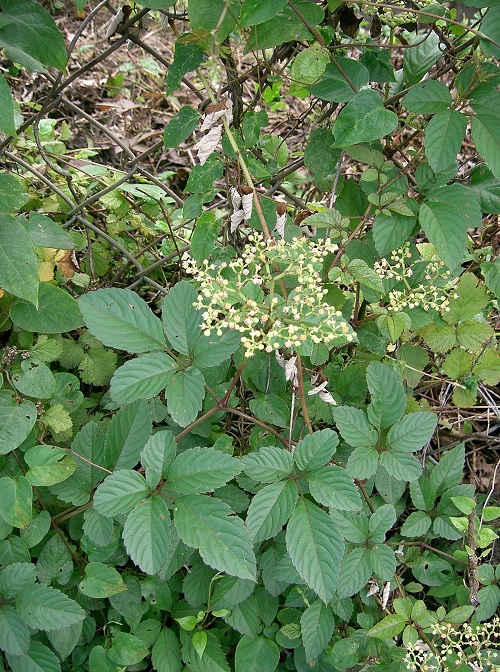
Botanical Name: Cayratia japonica
As a climbing vine, bushkiller displays sets of three leaflets reminiscent of poison ivy. However, its smaller size, lack of toxicity, and distinct growth patterns make it less harmful.
Learn How to Get Rid of Poison Ivy Plants here
11. Fragrant Sumac

Botanical Name: Rhus aromatica
Fragrant Sumac is another plant with three sets of leaves that can bear a resemblance to poison ivy. However, its aromatic qualities, compact size, and red fall foliage make it a pleasant addition to gardens.
12. Dewberry
Botanical Name: Rubus caesius
Dewberry bushes have leaves in sets of three, which might make you think of poison ivy. But dewberries don’t have lustrous leaves like poison ivy, and they grow small black berries that are safe to eat.
Discover If Poison Ivy Has Flowers in this Article
13. Kudzu
Botanical Name: Pueraria montana
Kudzu covers a lot of ground with big leaves in groups of three, similar to poison ivy. But unlike poison ivy, kudzu won’t give you a rash. It spreads a lot, though, and is considered a problem in favorable places.
14. Mock Strawberry
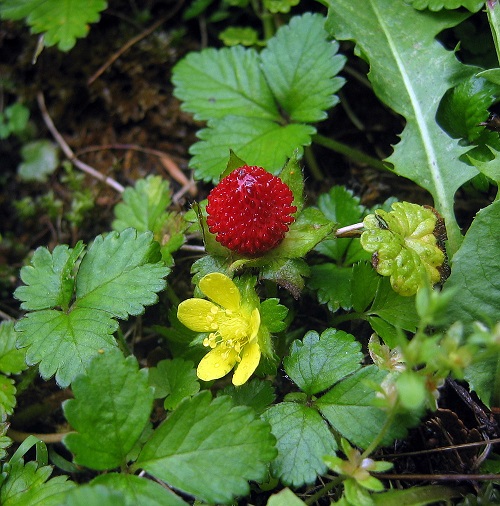
Botanical Name: Duchesnea indica
Mock Strawberry is a low-growing invasive species with leaves in groups of three. The leaves are more yellower than poison ivy and attach to the stem at a single central point. This differs from poison ivy leaves.

